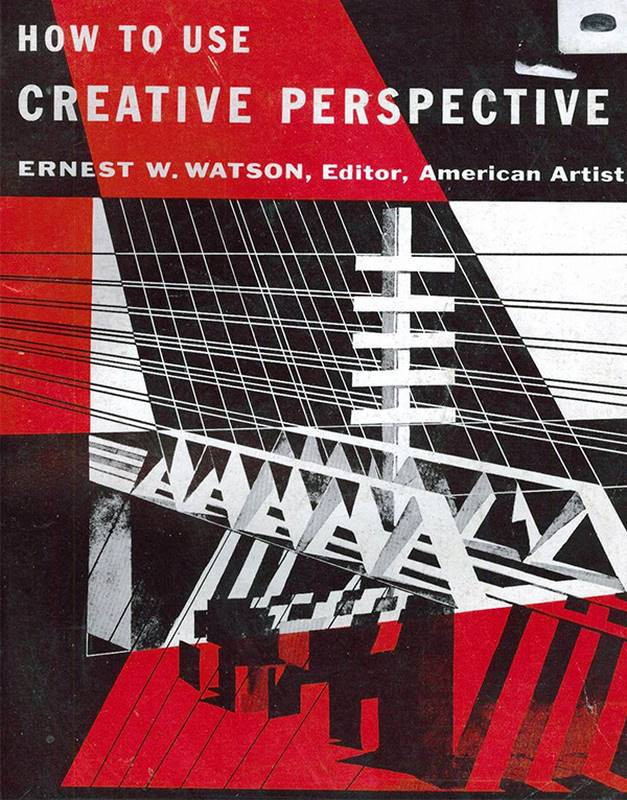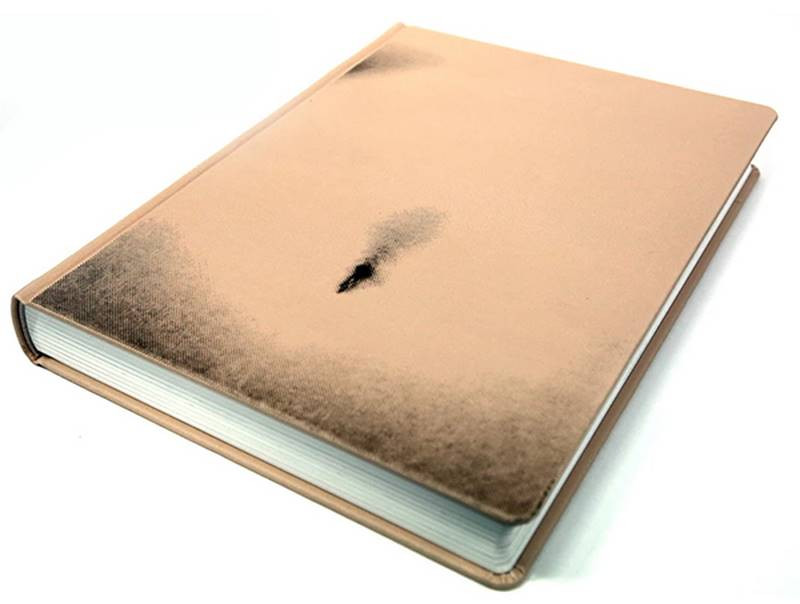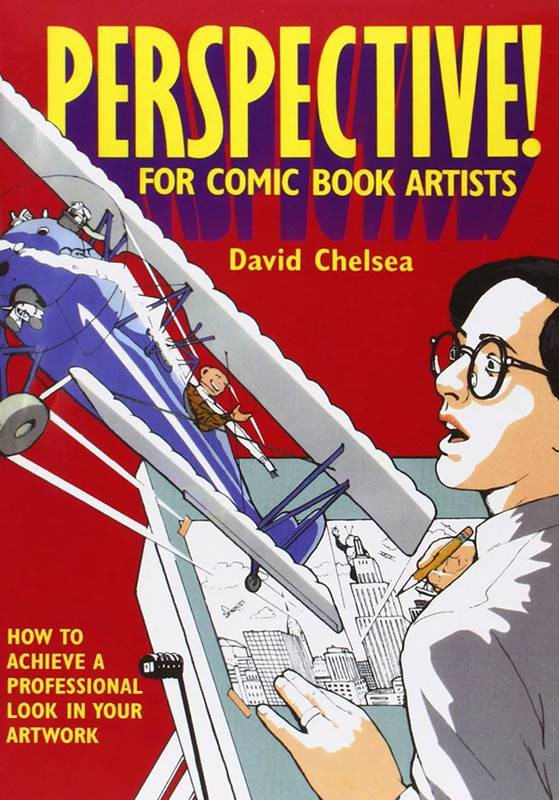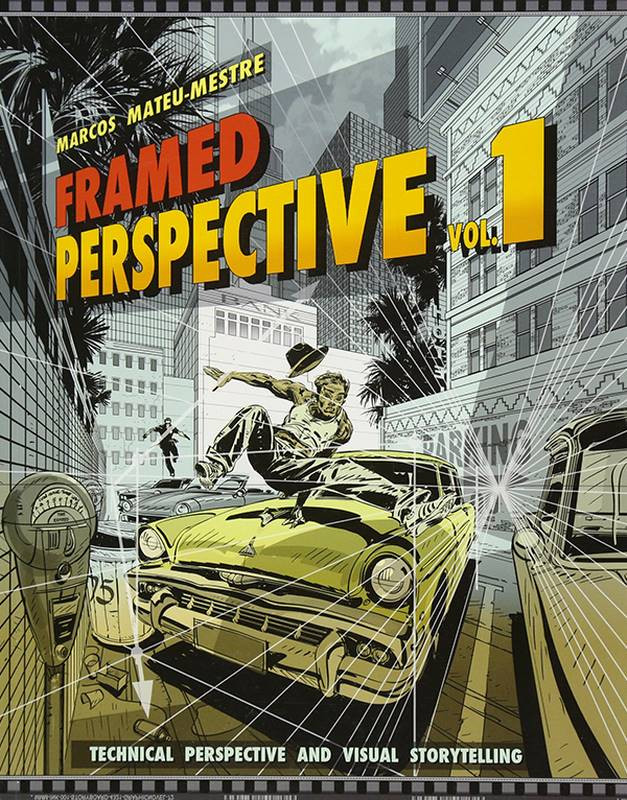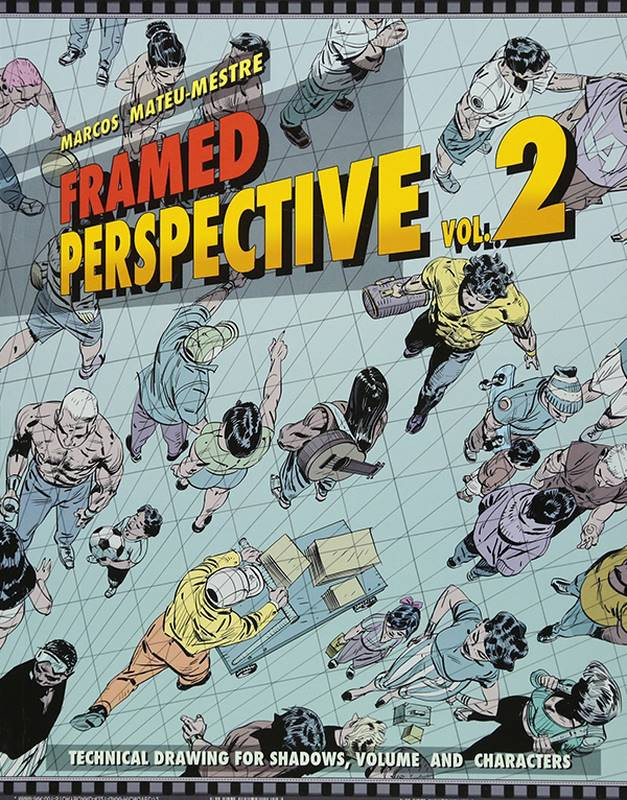comments 4 submissions
NERD WARNING: MY SUPER POWER IS OVER THINKING THINGS. SCROLL ON BY IF THIS ANNOYS YOU. I'm familiar enough with AI to know the process of how it teaches itself based on training data and trail + error until it develops a consistency and accuracy but that it cannot explain to the user how it came to the correct conclusion but... I can't help but wonder about how it decides which edges are correct and which are not. So, given three visible edges of a cube that are parallel in perspective and therefore should converge to the same vanishing point, there are 3 situations. 1 All do properly converge to the same vanish point(easy for AI to check) 2. Two incline toward one another but the third does not(also easy for AI to identify which is the incorrect edge) . 3. They all incline toward each other but don't all converge to the same point. The third case is the most interesting. If all three edges incline toward one another but do not converge to the same point, then which two edges are correct and which one is not? Any two of the will intersect if extended far enough. So which two define the correct vanishing point? I'm sure there's not an easy answer and that Stan can't share the details of what's going on under the hood but it's fun to think about these things.
LESSON NOTES
How do you study perspective? Marshall breaks down the elements of perspective and how you’d go about learning it. Stan also challenges Marshall to draw some boxes and run them through his new Box AI BETA App that’s being developed in the Proko lab.
“Draftsmen” is available in audio. Subscribe on these platforms to keep up to date:
Spotify, Stitcher, Apple, Google
Referenced Artists/Works:
Perspective Drawing Handbook by Joseph D'Amelio
Perspective Made Easy by Ernest Ralph Norling
How to Use Creative Perspective by Ernest William Watson
Kim Jung G - Omphalos
Perspective! for Comic Book Artists by David Chelsea
Framed Perspective Vol 1 & 2 by Marcos Mateu-Mestre
Glenn Vilppu
Marshall’s old perspective course
COMMENTS
NERD WARNING: MY SUPER POWER IS OVER THINKING THINGS. SCROLL ON BY IF THIS ANNOYS YOU. I'm familiar enough with AI to know the process of how it teaches itself based on training data and trail + error until it develops a consistency and accuracy but that it cannot explain to the user how it came to the correct conclusion but... I can't help but wonder about how it decides which edges are correct and which are not. So, given three visible edges of a cube that are parallel in perspective and therefore should converge to the same vanishing point, there are 3 situations. 1 All do properly converge to the same vanish point(easy for AI to check) 2. Two incline toward one another but the third does not(also easy for AI to identify which is the incorrect edge) . 3. They all incline toward each other but don't all converge to the same point. The third case is the most interesting. If all three edges incline toward one another but do not converge to the same point, then which two edges are correct and which one is not? Any two of the will intersect if extended far enough. So which two define the correct vanishing point? I'm sure there's not an easy answer and that Stan can't share the details of what's going on under the hood but it's fun to think about these things.
Draftsmen - S1E26 - Marshall Vanruff Vs Box AI
It was high tension video !
Marshall was a win for human kind unlike 1956's Manic win !!
I've been watching through the Marshall Vandruff 1994 Perspective Course
and the 2015 Final video of Marshalls, that I already have.
As he talked enthusiastically about it in this episode, so thought I'd ask,
is Marshall still creating a Proko Perspective Course?
Or has AI taken revenge by making the his new course obsolete?
Also, What happened to box.proko.com?
Great podcast.
Thanks
Hello, I am studying perspective right now :) if we want to try the beta app, what should we do? In the video you have mention the webpage box.proko.com
Geeze you guys! Drive us crazy indeed! 😉 ‘Carried Horizon’? A straightforward Google search got me nowhere. You’ve convinced me in other podcasts and the Proko Anatomy course that I need to learn perspective, so I started Marshall’s course just over a week ago. (It rocks!) Looking forward to Marshall’s Magnum Opus on Proko 🥰.
To figure out what the ‘carried horizon’ was about took an extra listen, plus taking notes, attempting to draw what I thought you were saying, putting a pencil in the middle of my pencil box and roll it around, checking notes and comments on the YouTube site, and another fishing expedition on Google. At one point I thought I had it from Marshall’s explanation about right angles in relation to the Y axis, but then Stan said something about THREE(?!) horizon lines (35:19). I really want to try the 20 cubes spinning around exercise finding the ‘carried horizon’ (though how to proceed if you’re not sure what it is you’re trying to find?). I found an excerpt from google books online of Watson’s [Creative Perspective…], “…carry out the converging lines…to their respective vanishing points…” and luckily for me there was a diagram. I think I understand now and maybe have a starting point for the exercise (but in general I’m never certain of anything 😅).
Is it fair to say that the ‘carried horizon’ is the straight line between two vanishing points, and that’s why in 3 point perspective there are three of them? Thank you ☺️!
@Teresa Bolen @Nanna Skytte Hi Teresa and Nanna! Did you find an answer about the three horizon lines? I think that Marshall and Stan were talking about the Horizon Line (horizontal) + the two Vanishing Trace (vertical, perpendicular to the H.L. and passing through the two vanishing points in Two Point Perspective). You find this topic in Lesson 9 (Inclined Planes) and chapter IX of Watson's book "The house of the 7 vanishing points". I see that you have worked so hard on Perspective!
Sorry... I don't know enough about perspective to answer your question.
I'm afraid I'm not any help for you.
But I also wan't to learn more about it, so I'll just follow this thread :)

































